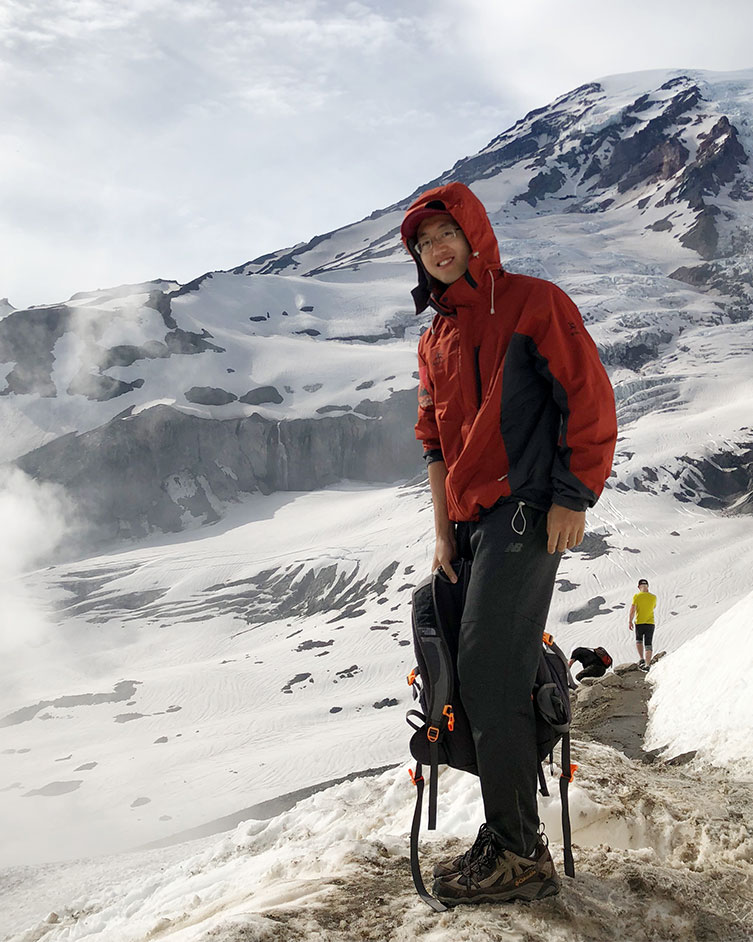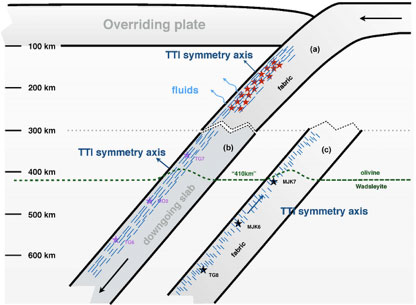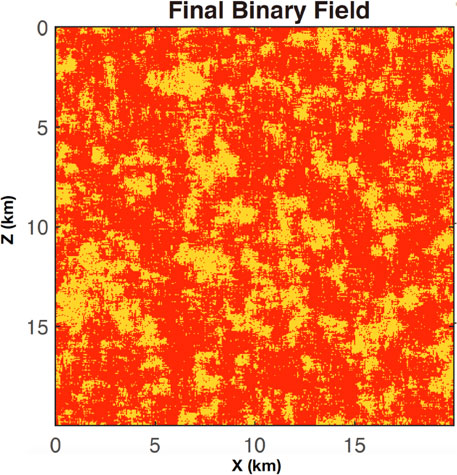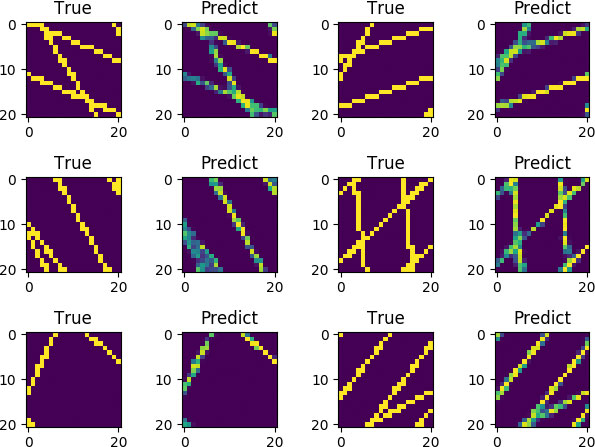Jiaxuan Li, First EAS Student to Receive College’s Award
EAS Ph.D. student, Jiaxuan Li, won the Spring 2020 Dan E. Wells Outstanding Dissertation Award. It is the first time this award has gone to an EAS student.

His advisor is Yingcai Zheng, associate professor of seismic imaging. The other members of his Ph.D. committee included Leon Thomsen, Tom Lapen, Hua-Wei Zhou, and Chuck Peng.
The Dan E. Wells Outstanding Dissertation Award recognizes a graduating doctoral student from the College of Natural Sciences and Mathematics (NSM) who has performed outstanding research and submitted the best dissertation to the College in terms of scholarship, presentation and organization. Graduating doctoral candidates apply for the award to their department. Then, each department nominates one candidate for consideration. The NSM Graduate Committee reviews candidate materials and makes a recommendation.
The recipient receives an award of $1,000 and is recognized at the Commencement ceremony. Two awards are made each year in the spring and fall semesters. In spring 2020, the commencement was cancelled due to the pandemic.
Li’s Ph.D. dissertation was titled “Inverting In-situ Anisotropy in Global Subduction Slabs Using Deep Earthquakes and Imaging Binary Mixtures and Fractures.” The dissertation included three research topics: deep earthquakes, binary mixtures, and machine learning in geothermal energy development.

In the area of deep earthquakes research, his 2018 first-author Nature Geoscience paper (see UH news) proposed a solution to a 50-year-old scientific puzzle – why do deep earthquakes radiate seismic differently compared to shallow ones?
In short, deep earthquakes (depth > 60 km) were discovered in 1926, but how they occur was a mystery because the rocks at depths should be hot and ductile. Deep earthquakes should not happen in theory. In 1970, deep earthquakes were also found to have different seismic radiation compared to shallow earthquakes.
Li came to UH in fall 2015 as a geophysics Ph.D. student. Within a year, he provided a solution to this puzzle in seismology. After analyzing more than 1,000 deep earthquakes worldwide in multiple subduction systems, he found deep earthquakes are no different compared to shallow ones; however, the deep earthquakes are embedded in highly anisotropic laminated media (TTI media). This work, funded by NSF EAR-1621878, has been successfully completed. Co-authors of the paper were invited to the President Impact 50 Reception (cancelled due to the pandemic).

The second part of his dissertation was on characterizing random media. The Earth is heterogeneous. Sometimes, it’s made of two components (fluid+rock, crust+mantle, etc.), or a binary mixture.
Li showed if one propagates a wave through the binary mixture, based on the transmitted wave amplitudes and travel times recorded at multiple locations, one can get the volumetric proportion of each component, as well as their elastic property. His methods have a range of deep impacts from understanding planetary interior evolution to estimating in-place oil/gas in reservoirs. The paper, “Generation of a stochastic binary field that fits a given heterogeneity power spectrum,” was published in Geophysical Journal International.

The third part of the dissertation was on a novel machine learning algorithm to image fractures in geothermal fields (conference paper). The U.S. Department of Energy (DOE) selected UH as one of the 10 funded institutes to carry out geothermal research.
Li’s machine learning fracture imaging aims to find discrete fracture network and
reduce the cost of geothermal energy exploration, a painful bottleneck in the current
scenario.
His Ph.D. work solved major scientific problems in Earth sciences. He also provided
novel solutions to tackle important applied problems.
Throughout his education, Li has won many awards, including the 2019 EAS Graduate Student Excellence Award. He is grateful for the scholarships and fellowships he was awarded.
Awards to Jiaxuan Li
- DGS/Karen Kellogg Shaw Memorial Scholarship 2019
- SEG/Jack Cathering Threet Scholarship 2019
- SEG/John R. Butler, Jr. Scholarship 2019
- UH EAS Graduate Student Excellence Award (awarded to one among 200 grad students) 2019
- Dobrin Lecture Best Poster Presentation, 2nd Place 2019
- UH EAS Outstanding Academic Achievement Scholarship 2018
- Dobrin Lecture Best Poster Presentation, 1st Place 2018
- Dobrin Lecture Best Poster Presentation, 1st Place 2016
- UH EAS Research Day Best Oral Presentation 2016
- BP Scholarship 2016 & 2017
- Presidential Fellowship 2015, 2016 & 2017
- Merit Student Award at Peking University 2015
- GSS-Utrip Scholarship by Tokyo University 2014
- Liu Guangding Geophysics Scholarship (top 2 students majoring in Geophysics) 2012